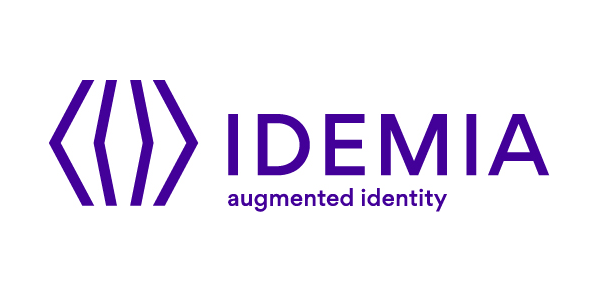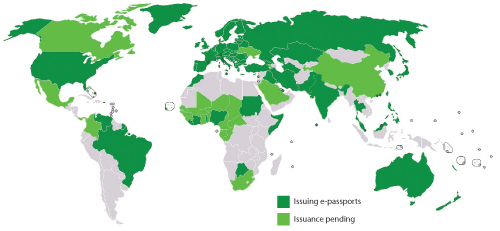Secure authentication giant OT-Morpho is now IDEMIA, pushes augmented identity
05 October, 2017
category: Biometrics, Digital ID
OT-Morpho is now IDEMIA and the mantra is ‘augmented identity’ as one the most important company operating in the digital ID and secure authentication spaces has rebranded. The new, Latin-inspired name comes with a new focus on what the company calls augmented identity.
The new brand reflects the secure authentication firm’s ‘mission to guarantee everyone a safer world thanks to its expertise in trusted identities.’
OT-Morpho was born from the merger of the identity businesses of Oberthur and Morpho that completed on May 31, 2017. The company employs some 14,000 workers, including 2,000 in research and development, and serves clients in 180 countries in five main segments: financial, mobile, connected objects, citizen identity, and public security.
The new brand has a Latin origin, via the word “idem.” The Latin word translates in English to “the same, also, or likewise,” according to the online Latin Dictionary. The words “identity” and “idea” also figure in the creation of the IDEMIA brand, the company says. Taken as a whole, the new brand reflects the secure authentication firm’s “mission to guarantee everyone a safer world thanks to its expertise in trusted identities.”
Augmented identity comes to secure authentication
The new brand logo features a purplish IDEMIA looming over the words “augmented identity.” According to the company, “in a world directly impacted by the exponential growth of connected objects, the increasing globalization of exchanges, the digitalization of the economy and the consumerization of technology, IDEMIA stands as the new leader in trusted identities, placing “Augmented Identity” at the heart of its actions.”
In general, augmented reality—as opposed to augmented identity—uses computer-generated images to enhance a user’s view of products or other objects on a screen. Retailers are starting to use the technology to give shoppers a fuller view of what new furniture might look like in a room, for instance. And payment brands are stepping into that space, too, hoping to partner with retailers or at least differentiate themselves among consumers.
For a secure authentication provider such as IDEMIA, augmented identity has a different meaning. “It is about using the biometric characteristics of each person as a unique signature of individual identity, thus facilitating exchanges,” says Didier Lamounche, CEO of IDEMA. “It fosters confidentiality and trust and guarantees secure, authenticated and verifiable transactions. This is a decisive step towards a more frictionless, safer world.”



